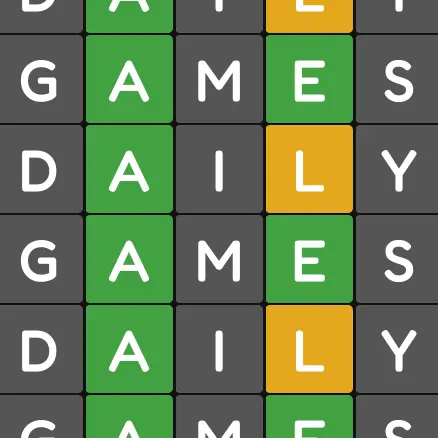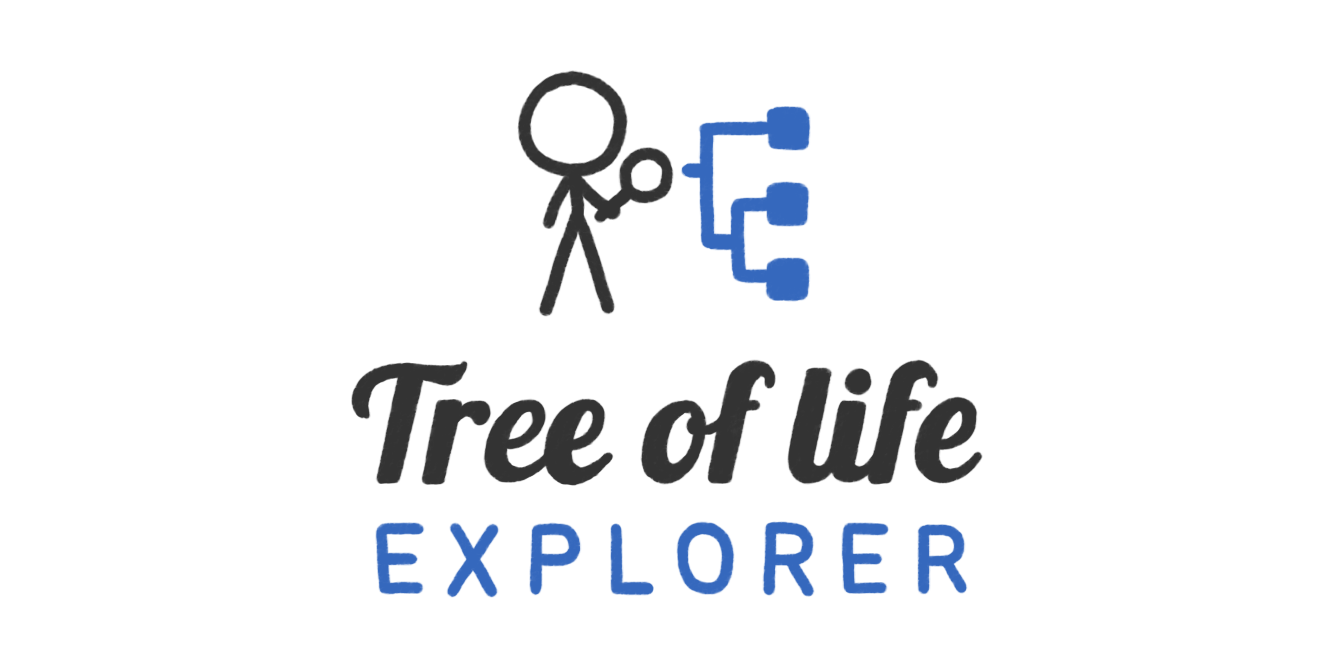How is #6 not specific to IDEs? I’ve never had vim, np++, or any other dedicated editor freeze; and I’ve used them to edit multi-gigabyte log files before.
Lambda
I’m a software engineering developer from Ottawa, Ontario, Canada.
- 2 Posts
- 31 Comments
Out of curiosity, what is the original?

 3·2 months ago
3·2 months agoAny of the cluefinders games, or gizmos and gadgets. Plenty of other edutainment classics do it too. Outside of edutainment, only NHL2000 and Halo: CE come to mind.

 24·3 months ago
24·3 months agoThanks to Elections Canada it’s actually a lot better than the states. We also get answers sooner. There’s nothing like an American election to make Canadians thankful for Elections Canada.

 4·3 months ago
4·3 months agoDvorak with caps lock as a dead key here. No programmer’s Dvorak despite being a programmer… Never quite made the leap
I grew up in Durham region (Bowmanville specifically). This absolutely checks out. Luckily some of Bowmanville is somewhat walkable-ish (about all you can hope for in Durham), probably because of the sizeable Dutch immigrant population of old Bowmanville I’d guess?
I’ve never found a good link, and I’m not certain that I know best, but I can try to explain it to you.
First: an understanding of the Pauli exclusion principle. Often people ask “Why can’t there be 3 electrons in that orbital, there’s plenty of space?” The thing is that the electrons are completely¹ defined by just 4 numbers: spin (±½), shell (positive integer), subshell (integer from 0 to shell-1) and magnetic (integer form -subshell to +subshell). Why there can’t be more than 2 electrons in the 1st shell is that you can chose spin from (±½), shell is 1, subshell has to be 0, magnetic has to be 0. Its like asking “Why can’t there be 3 integers between 0 and 3, there’s plenty of space?” and the answer is that whatever integer you come up with will be one of the 2 already known (1, 2).
Similarly, as I understand it, the fundamental laws of physics don’t distinguish between “things” closer than 1 Planck length apart. That doesn’t necessarily mean that the universe operates on a 1 Planck length grid, just that any two “things” separated by less than a Planck length are indistinguishable from one new “thing” with different properties.
I’m fairly confident in the PEP description, the Planck length one I’m less 100% sure about, but its how I understand it at least.
¹assuming a universe comprised of only a single hydrogen atom, otherwise the states of everything else in the universe can perterb the state functions and things can get messy, but usually not enough to merge shells.
I think self hosting the proxy with the services at hobbyist scale mitigates most of the security risks. The single point of failure risk is another matter. I once had to effectively reverse-hack my services by uploading a Jenkins test job through an existing java project to regain access. Ever since then, I maintain a separate ddns address that’s just used for emergency ssh access.
I’m the bottom, so is my wife. Only difference is she does it DURING the movie. It can be pretty annoying, hard to get used to.

 17·7 months ago
17·7 months agoI believe it stands for Free/Libre Open Source Software. I think the idea is to explicitly indicate both free as in beer and free as in speech. However, to me it just sounds like throwing in a romance term for the sake of it. But maybe I’m just ill versed on the whole free/libre divide?

 40·7 months ago
40·7 months agoOne of the rare cases where I hear of a death and check wikipedia to still see the word “is”. I wonder how long confirmation will take.
I’m one of the very rare people that have the gene that makes cilantro taste like soap, but likes it. I blame the soap flavoured gum I had as a kid here in Canada.
So maybe save a little soaplantro for those that want it ;)
Flagle #987 - 3/6 🏁
⬛⬛⬛⬛⬛ 🟩🟩🟩🟩🟨 🟩🟩🟩🟩🟩
That second one was 99.99% I think it should have counted.
Title
Is there even a difference between Monaco and Indonesia?
 3·8 months ago
3·8 months agoWhat makes you think that? I’m curious. I would’ve assumed something like Inuktitut (1 word conveys subject verb object tense …) or something like toki pona (removes unused information) or maybe a highly analytical language like one of the Chinese languages.
Thank you. Clear, easily understood explanations of questions I always wondered. 👍🏼
Whenever I see this image I always wonder 2 things:
- What makes hemoglobin more efficient?
- Why do we even need these fancy molecules to transport oxygen? Can’t we produce some kind of biological ampule that holds some pure O2 for consumption by the various processes that need it? We have dedicated organelle structures for similar tasks (i.e. mitochondria)
Apparently it’s not even really all that stable, so that whole container would rapidly decompose into probably carbon dioxide (CO2) and a bunch of pure carbon (think charcoal). At least that’s my hunch. There is a Wikipedia article on the stuff, but it’s pretty short, since it’s a pretty unusual chemical (https://en.m.wikipedia.org/wiki/Dicarbon_monoxide ).
CO2 is of course extremely common. I’d love to see what a chemist can describe about a bottle of C2O though!

 253·9 months ago
253·9 months agoAda, hands down. Every time I go to learn Rust I’m disappointed by the lack of safety. I get that it’s miles ahead of C++, but that’s not much. I get that it strikes a much better balance than Ada (it’s not too hard to get it to compile) but it still leaves a lot to be desired in terms of safe interfacing. Plus it’s memory model is more complicated than it needs to be (though Ada’s secondary stack takes some getting used to).
I wonder if any other Ada devs have experience with rust and can make a better comparison?
I think a few months was the time until he signed I love you, we don’t know how much longer it took before she get the implant.









Honestly not necessarily the worst idea. I don’t know about Iran, but I have family in Israel. The general consensus (backed by recent polls) is that Bibi is just keeping war going so he can stay in power. The average Israeli is not as genocidal as their leaders. They just have to choose between mandatory military service where they will likely just patrol a border and not let aid through but probably not die or directly kill anybody, or commit a major crime by dodging military service and risk their lives. At 18 years old I don’t know if I’d have the courage to take that risk. But Iran is different, they can actually cause risk to “important” (read: wealthy/powerful) civilians. Could sour the public on Bibi enough to oust him. Maybe.
I’m honestly worried mango Mussolini might try the same thing in 2028. Maybe he’ll get food poisoning from eating a Danish, call it an assassination attempt and declare war on Denmark. “We can’t have an election right now, we’re in the middle of the GREATEST war we ever fought against the MEANEST nation in the world. We’re gonna WIN. MGAA (make Greenland America again)!”